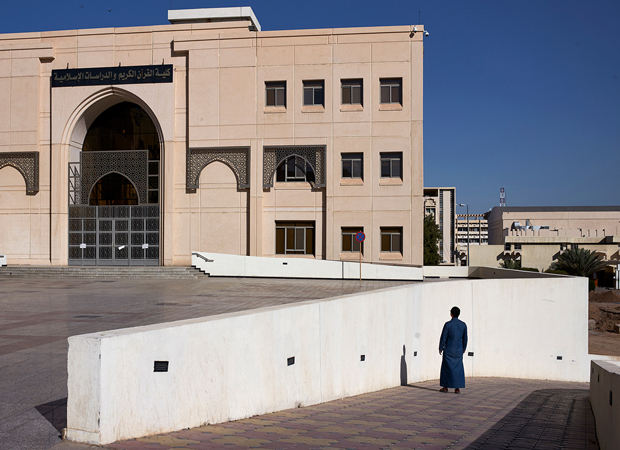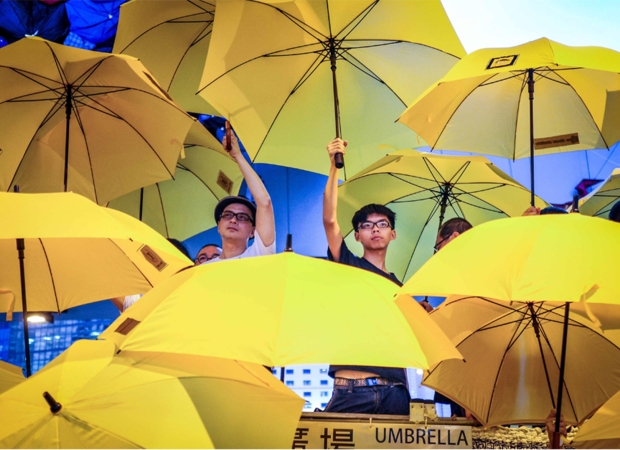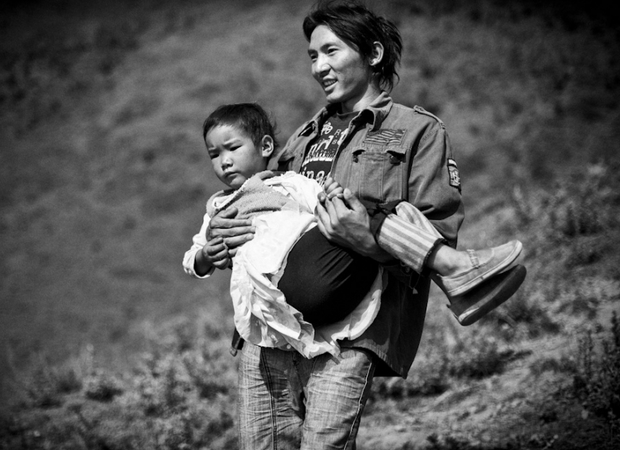Environment
08.24.17
Testing the Limits of China’s Environmental Law
from chinadialogue
Friends of Nature, a Beijing-based non-governmental organization (NGO), filed two landmark cases against a local Environmental Protection Bureau in Yunnan this year that have revealed the current limits of one of the most hopeful provisions in China...
ChinaFile Recommends
05.03.17China’s Huge Dam Projects Will Threaten Southeast Asia as Water Scarcity Builds Downstream
Forbes
A river is born high in the Tibetan Plateau, before snaking its way 3,000 miles south and emptying itself into the South China Sea.
ChinaFile Recommends
01.24.17Scientists Discover Prehistoric Giant Otter Species in China
NPR
Six million years ago, giant otters weighing more than 100 pounds lived among birds and water lilies in the wooded wetlands of China’s Yunnan province.
Depth of Field
05.31.16
Families, Weddings, and Beekeepers
from Yuanjin Photo
This month’s Depth of Field column brings the stories of Chinese adoption; the marriage ceremony of Hu Mingliang and Sun Wenlin, a gay couple who filed the first civil rights marriage lawsuit to be accepted by a Chinese court (they lost); beekeepers...
Green Space
01.14.16
Waking the Green Tiger
This documentary—available in full on ChinaFile throughout January courtesy of filmmaker Gary Marcuse—follows a group of environmental activists trying to prevent the construction of dams on the Nu (Salween) and the Upper Yangtze (Jinsha) rivers in...
Green Space
12.22.15
Nu River Saved, Jack Ma Buys Preservation Land
A great piece of news came from China on the night of December 16, that the Yunnan provincial government in southwest China has announced its decision to not develop hydro-electric projects on the Nu River, also known as the Salween (link in Chinese...
Features
10.27.15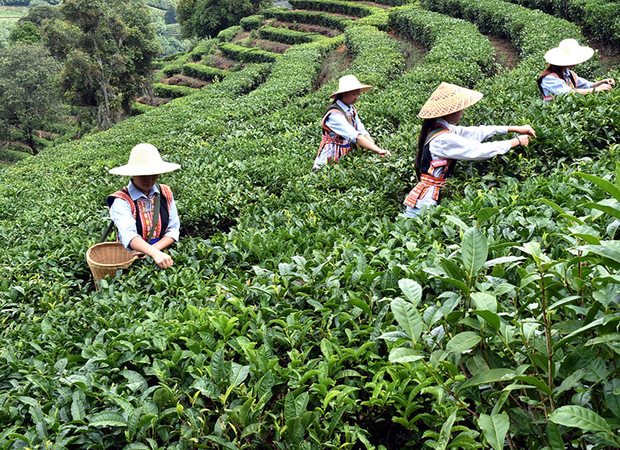
Rich Man, Pu’er Man
“These men always have machetes,” shouts the driver. Through trees along an unpaved road, he spots a ramshackle hut, slows down, and warns his passengers: this is a checkpoint. It’s the only way to enforce rules in this part of the jungle, at the...
ChinaFile Recommends
05.12.15Searching for Identity in China’s Outer Lands
New York Times
“ ‘China’s Outer Lands’ is about people instinctively looking for their own identity, between conformity or originality or autonomy or dependence,” Mr. Sakamaki said. “It’s natural, it’s happening in not only China, it’s everywhere.”
Caixin Media
04.14.15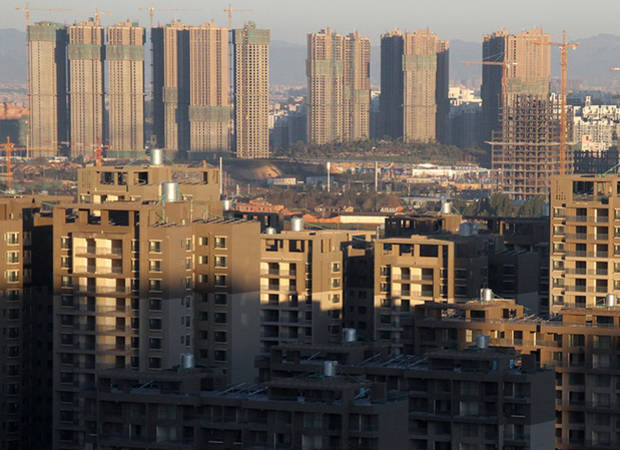
Bulldozing the Cadre Who Revamped Kunming
Warm, sunny Kunming brimmed with charm before Communist Party leader Qiu He brought an autocratic style of governance to town and spurred the urbanization campaign that preceded his downfall.Today, this historic city in southwestern China is a...
ChinaFile Recommends
03.16.15China’s Army in Show of Force Along Myanmar Border After Fatal Bombing
Radio Free Asia
Tensions rising between Asian neighbors after death of five people in Yunnan.
ChinaFile Recommends
03.16.15Qiu He, top Yunnan Official, Ousted for Corrupt Land Deals
East by Southeast
Qiu was the catalyst for a swath of controversial infrastructure projects, including a new international airport finished in 2012.
ChinaFile Recommends
02.17.15China Says Thousands Forced to Flee Myanmar Fighting
Reuters
The Yunnan government said that since Feb. 9 there had been more than 30,000 trips by border residents both into and out of China.
Media
01.13.15
‘Where’s Our Unity March?’ China Wants to Know
The January 7 terrorist attack on satirical French newspaper Charlie Hebdo that left 12 dead has mostly inspired unity in the West, but the massive march held in its aftermath is spurring controversy, and even some disdain, in China. While the...
Caixin Media
03.03.14
Kunming Attack Is ‘China’s 9/11,’ State Media Says
In the days after a major terror attack in Kunming, state media outlets are calling for a united front to combat terror and warning against excusing the attackers or criticizing the government’s policies on minorities.On the evening of March 1, a...
Environment
11.27.13Life in the Shadow of the Mekong Dams
from chinadialogue
This is the second in a two-part special report on the resettlement rights of villagers displaced by dams along the Mekong (Lancang) River. Part one is an analysis of how China’s resettlement policies are playing out on the ground. Part two, below,...
Environment
04.30.13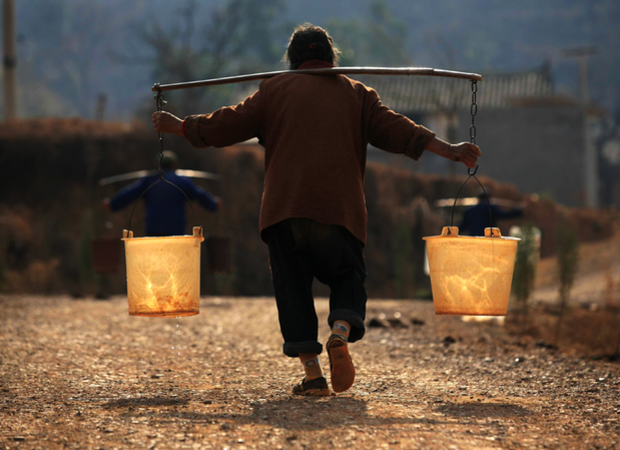
Why Has Water-Rich Yunnan Become A Drought Hotspot?
from chinadialogue
Yunnan’s drought continues. During China’s annual parliamentary session in March, the deputy party secretary of the southwest Chinese province, Qiu He, blamed spring floodwaters that flow through Yunnan and on into other countries for the water...
Environment
04.10.13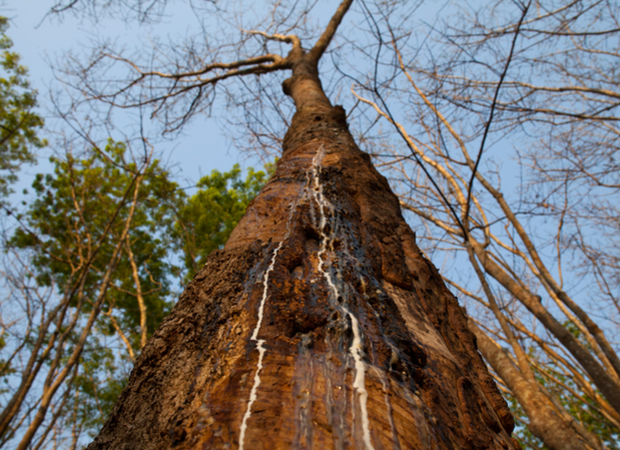
Writing Yunnan a Rubber Check
Our van stopped at a scenic vista on the contour road where verdant mountains undulated southward toward China’s border with Laos. Stepping out to take some photos, I was overcome by an acrid, unpleasant odor. I asked my local travel partner, Xiao...
Caixin Media
09.28.12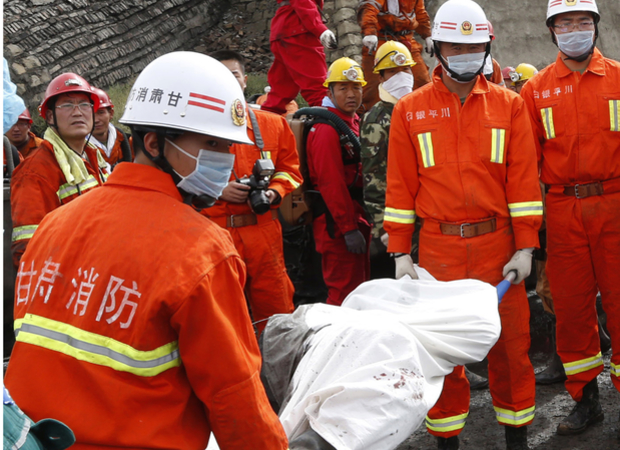
Living on Dangerous Ground
Fractures had long plagued the rocky mountainside next to Huang Daihong’s home. When an earthquake jolted Luozehe County in Yunnan province, Huang watched a large black boulder release a shower of stones that instantly killed her neighbor.The...
Reports
06.26.12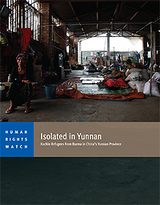
Isolated in Yunnan
Human Rights Watch
Since June 2011, an estimated 75,000 ethnic Kachin have hostilities between the Burmese army and the Kachin Independence Army (KIA) in northern Burma. Thousands of them have sought refuge in southwestern China’s Yunnan province, where the Chinese...
Books
11.01.10
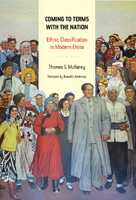
Coming to Terms with the Nation
China is a vast nation comprised of hundreds of distinct ethnic communities, each with its own language, history, and culture. Today the government of China recognizes just 56 ethnic nationalities, or minzu, as groups entitled to representation. This controversial new book recounts the history of the most sweeping attempt to sort and categorize the nation’s enormous population: the 1954 Ethnic Classification project (minzu shibie). Thomas S. Mullaney draws on recently declassified material and extensive oral histories to describe how the communist government, in power less than a decade, launched this process in ethnically diverse Yunnan. Mullaney shows how the government drew on Republican-era scholarship for conceptual and methodological inspiration as it developed a strategy for identifying minzu and how non-Party-member Chinese ethnologists produced a “scientific” survey that would become the basis for a policy on nationalities. —University of California Press




